As the rice kingdom along the South Carolina coast began its slow decline after the Civil War, once profitable land fell in value and, without the labor of enslaved people, production of rice grew more and more difficult and unprofitable.
In 1875 Robert and Eliza Donaldson bought a portion of Hobcaw Barony from the Alston family, who were longtime rice planters. Hoping to revive rice cultivation, the Donaldsons added more holdings, continued to plant rice, and operated a rice mill.
In 1902 the mill burned and by 1904 the Donaldsons were ready to sell.

Uncultivated, the rice fields of the Waccamaw Neck evolved into wetlands habitat that attracted huge numbers of migrating waterfowl.
Lowcountry landowners, including the Donaldsons, often leased portions of their property to hunters and hunt clubs.
The Kaminski family of Georgetown, cousins of the Baruchs, hunted on Donaldson land, along with Bernard's brother, Hartwig. Two of the Kaminskis are pictured here, with the abundant rewards of a day’s duck hunting.
In 1904, as word of the astounding numbers of ducks in the Georgetown area filtered back to Bernard Baruch, he made it a point to visit the Donaldsons and see Hobcaw for himself.
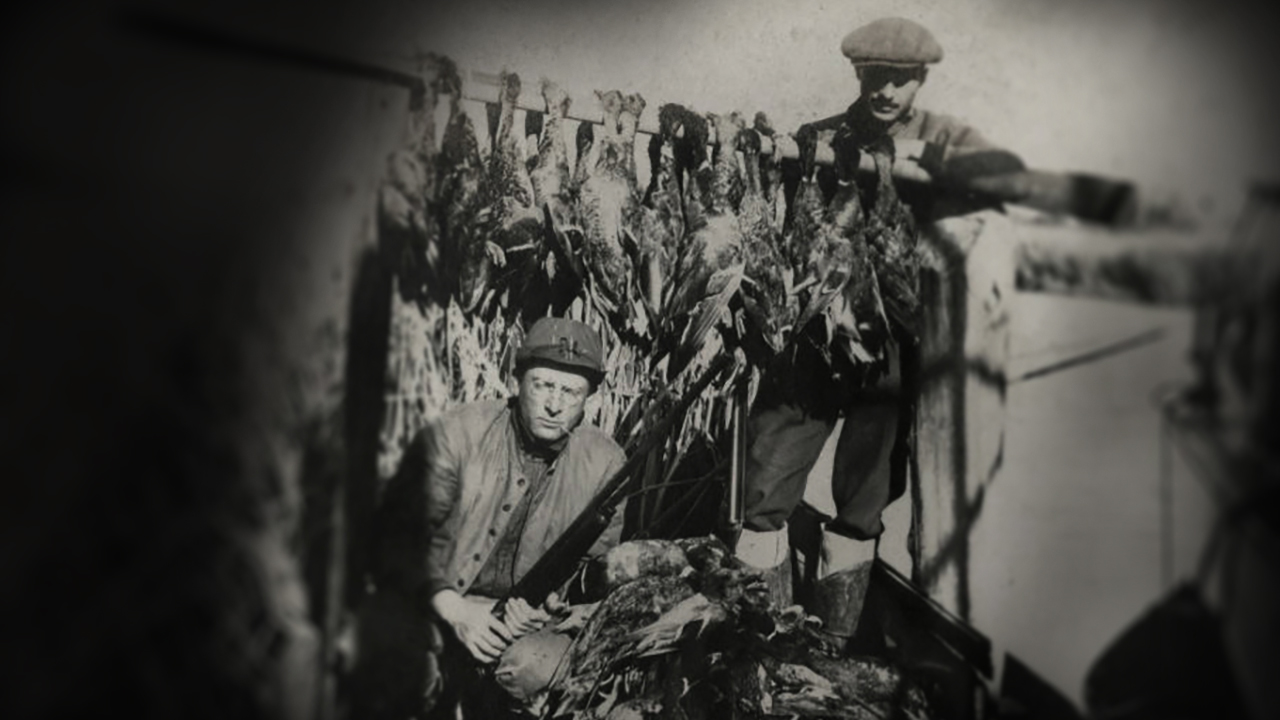
A sportsman and native South Carolinian, Baruch had been searching for years for a winter hunting retreat. The Donaldson property fit the bill.
Baruch was enchanted with the property, calling it a “Shangri-La,” and offered to buy it all at the asking price, which turned out to be only $20,000 for 10,000 acres.
Baruch purchased the Donaldson property and several adjoining plantations, nearly recreating the original barony of Lords Proprietor John Carteret. In the end, Baruch paid $3.15 an acre for 16,000 acres.
In the early years of the twentieth century, a number of other prominent, wealthy Northerners purchased land on the Waccamaw Neck.
Between 1906 and 1925, Dr. Isaac Emerson of Baltimore, the inventor of Bromo Seltzer, bought seven plantations north of Hobcaw, calling them Arcadia. The property was inherited by his grandson, George Vanderbilt.
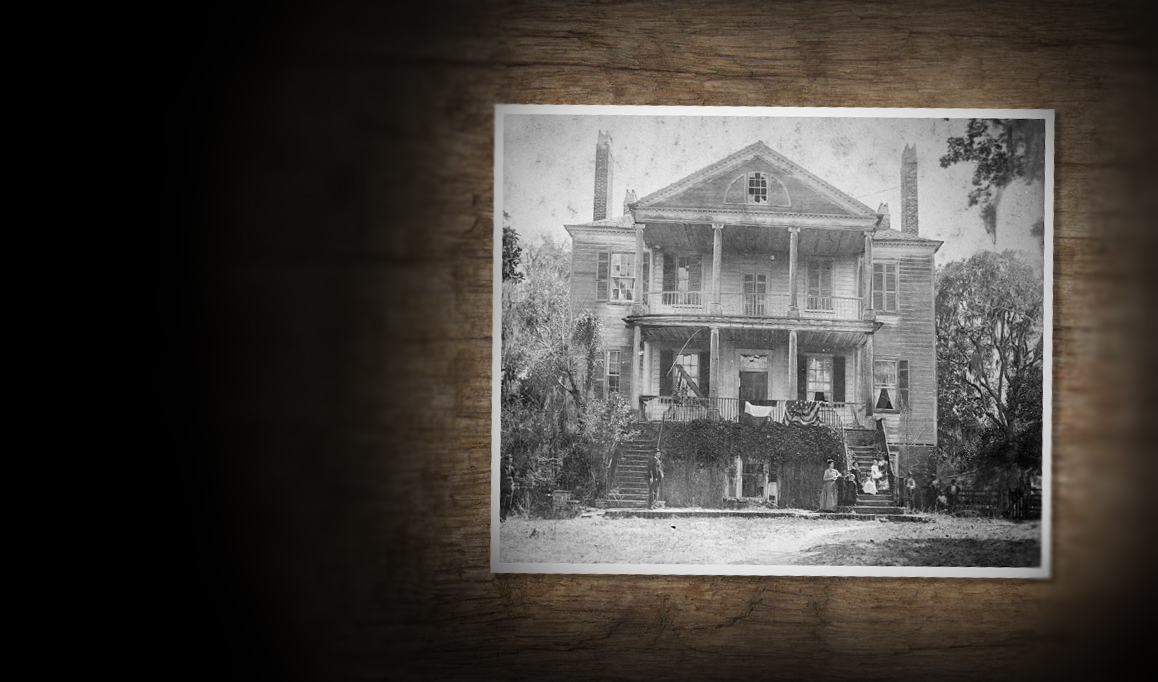
In 1911 W.H. "Bill" Yawkey, owner of the Detroit Tigers, bought several islands in Winyah Bay south of Hobcaw.
He left his estate, including the islands, to his nephew and adopted son, Tom Yawkey, who later became owner of the Boston Red Sox.
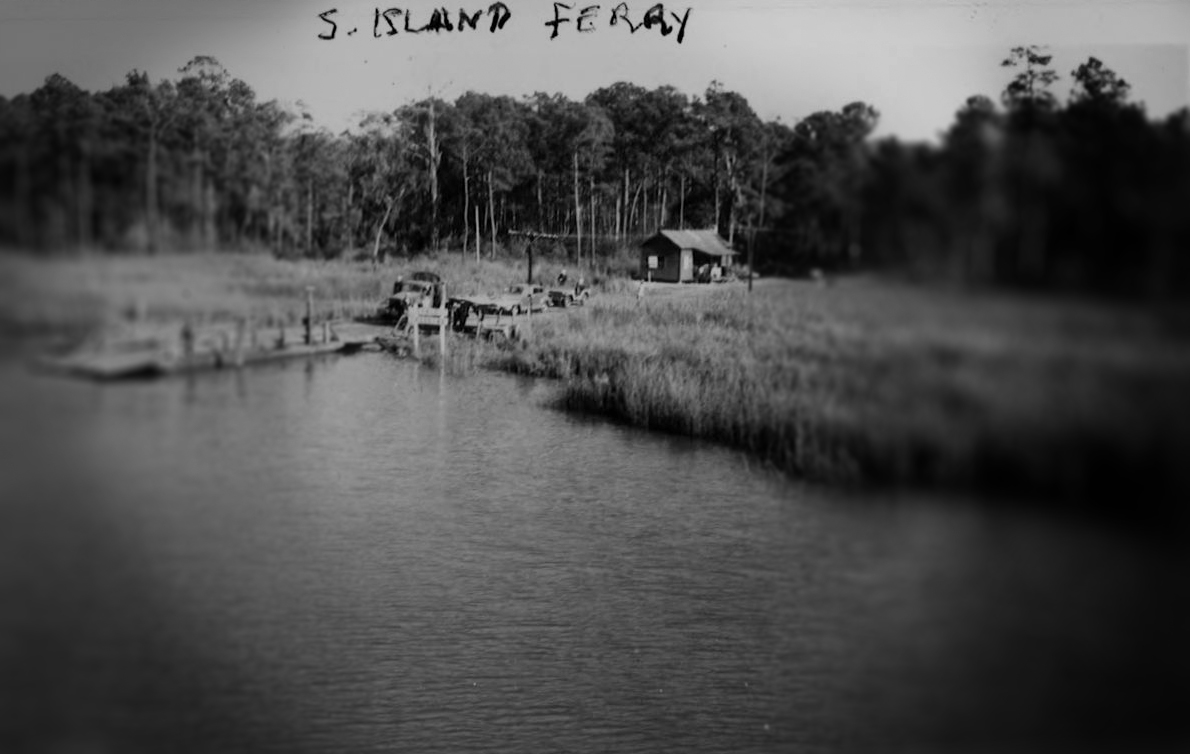
Railroad scion Archer Huntington and his wife, sculptor Anna Hyatt, purchased four old rice plantations - Laurel Hill, Springfield, Brookgreen and The Oaks - located a few miles north of Hobcaw.
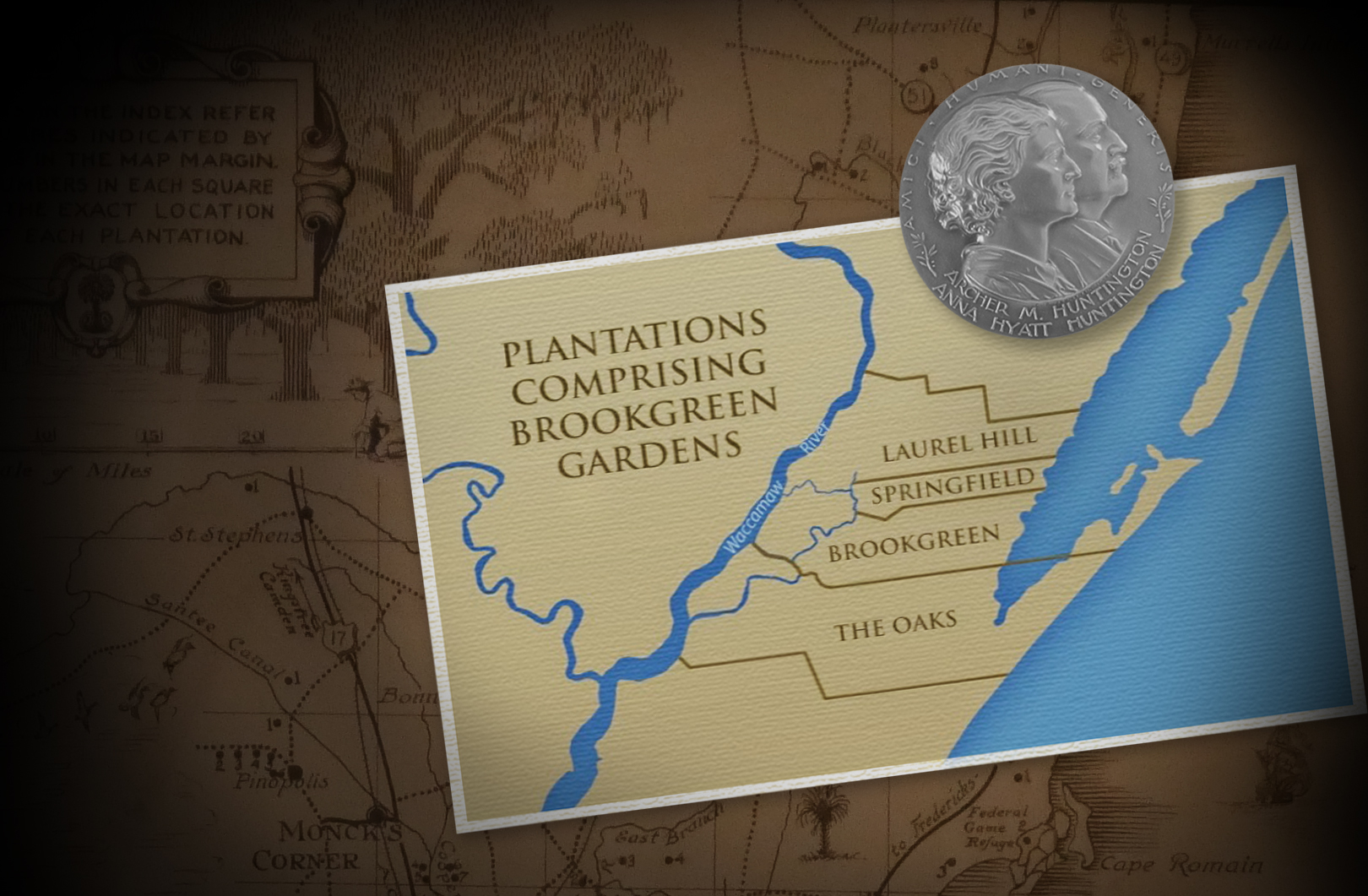
The phenomenon known to locals as “The Second Yankee Invasion,” brought new, much-needed jobs.
Sam Stoney, owner of Medway Plantation near Charleston, was known to say, “Lord, please bring us a rich Yankee.”
In this image local workers hired by Archer Huntington are constructing a portion of Brookgreen Gardens. Huntington and his wife, Anna Hyatt transformed the former rice plantations into a sculpture garden.
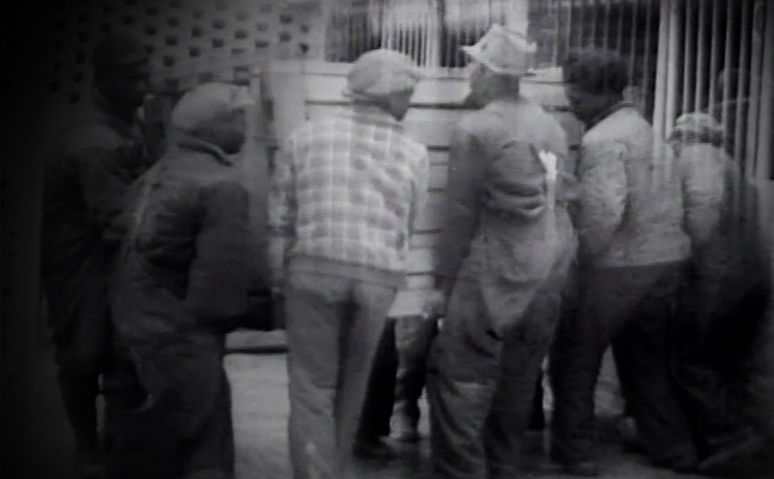
The infusion of money that came with the millionaires from the North was a mixed blessing. With the jobs provided by the wealthy landowners came the need to navigate a new kind of authority.
The residents of the Waccamaw Neck, most of whom were African- American, had experienced a degree of autonomy since emancipation. Now many of them worked to support the lavish lifestyle of a millionaire’s retreat.
In this photograph from 1907, African-American men help to organize a hunting party for the “Baron of Hobcaw” and his guests.
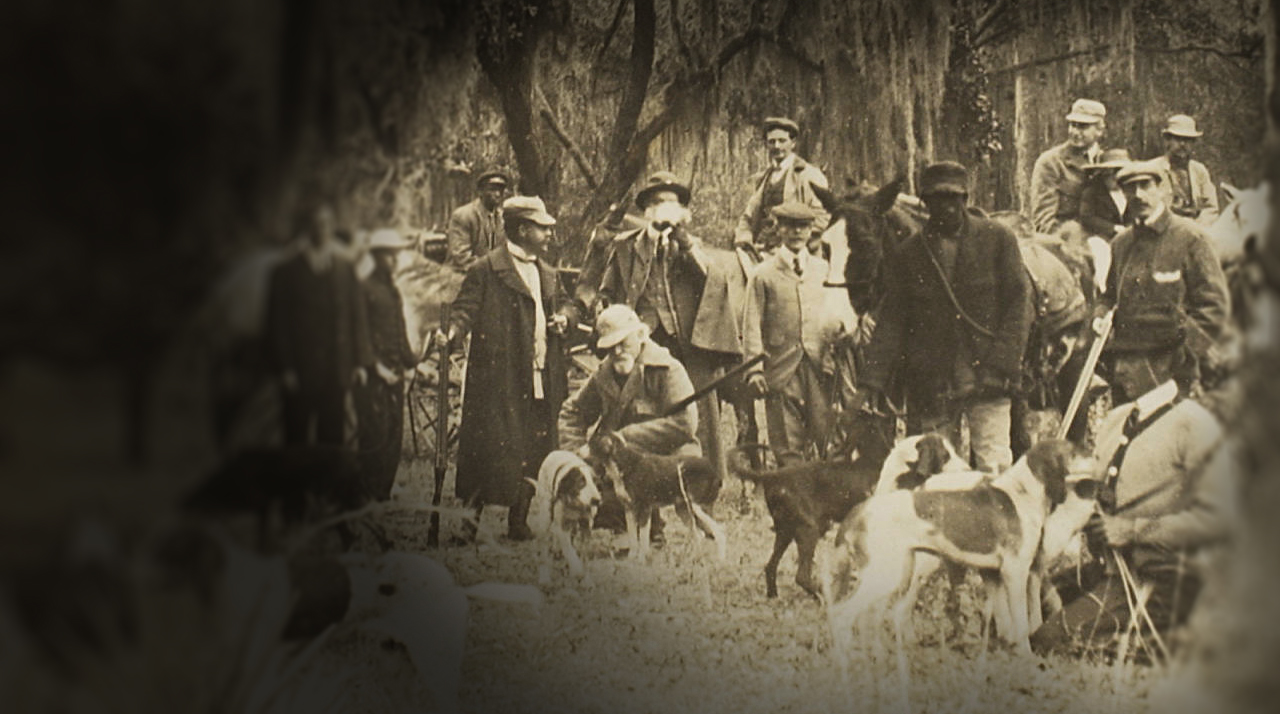
Some white Waccamaw Neck residents also struggled with the changes that came with the new landowners.
The Caines family had lived on Hobcaw since the eighteenth century and felt entitled to hunt and fish there, activities that Baruch considered poaching.
Several of the Caines brothers - including Bob, Hucks and Sawney, pictured here in 1910 with chef Charlie McCants Sr. and a heap of ducks from one morning’s hunt - went to work for Baruch as hunting guides.
The holdout was Ball Caines, whom Baruch prosecuted for poaching. After spending nine months in jail, Ball confronted Bernard with a double-barreled shotgun at the Hobcaw boat landing.
The murder of the Baron of Hobcaw was intercepted by Jim Powell, who had worked for the Donaldsons. In gratitude, Baruch made Powell head superintendent of the property.
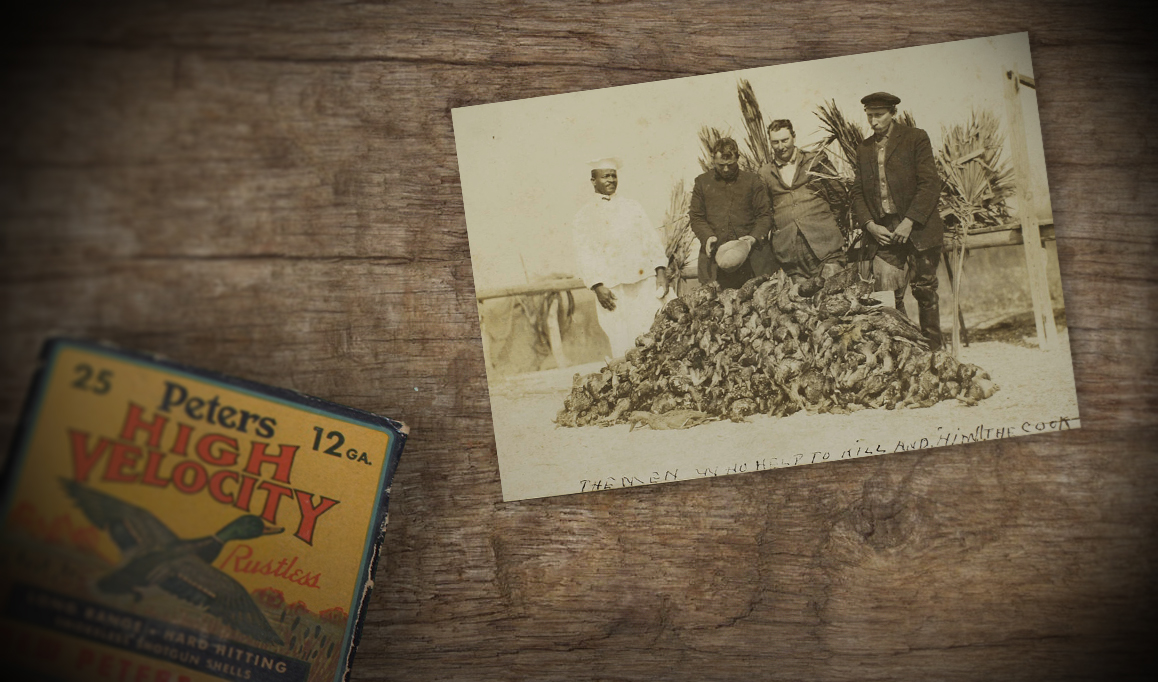
Today, the legacy of those who bought land on the Waccamaw Neck in the early twentieth century is largely one of conservation, preserving some of the most historically and environmentally important habitat in South Carolina’s Lowcountry.
The 16,000 acres of Hobcaw Barony were saved from commercial development by Belle Baruch, Bernard’s daughter, and are dedicated to research and education.
Tom Yawkey’s land is now the Yawkey Wildlife Preserve, reserved for the management of waterfowl habitat.
Although portions of the Vanderbilts' Arcadia property have been developed, 3,612 acres are permanently protected by a conservation easement.
Brookgreen Gardens, the 9,000 acre property purchased by Archer and Anna Huntington, is a nature preserve and outdoor sculpture garden, displaying over 1400 works of American figurative sculpture.
Without these “Rich Yankees” the Waccamaw Neck would be a very different place.
To return to the trail click NEXT STOP
To return to the Hobcaw House Coat and Gun Room click
